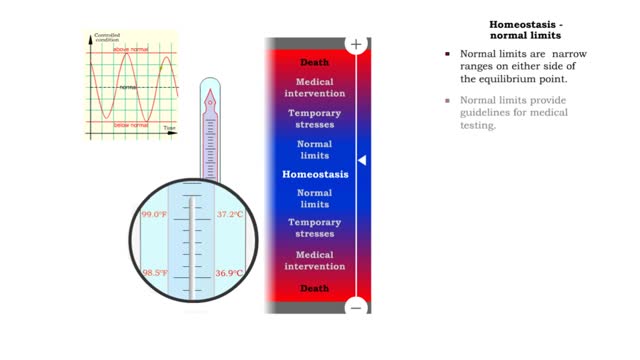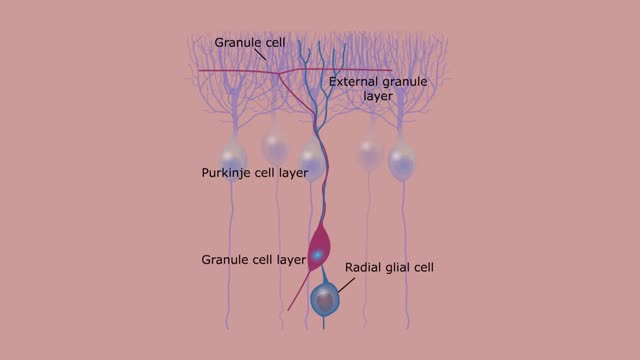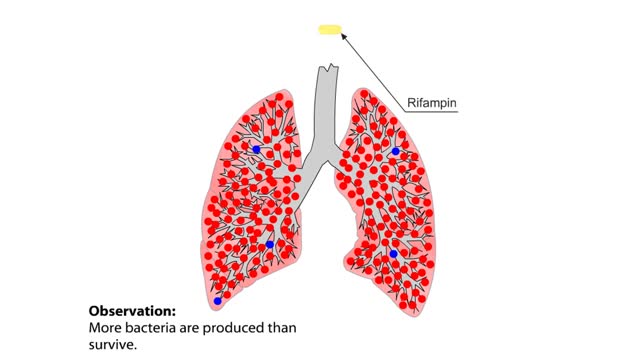Browse Videos
Viewing: Most Discussed
Category
- General
- Cardiovascular System
- Blood and Lymphatic System
- Male Reproductive System
- Nervous System
- Skeletal System
- Organization of the Body
- Integumentary System
- Muscular System
- Digestive System
- Respiratory System
- Urinary System
- Endocrine System
- Special Senses: The Ear
- Special Senses: The Eye
- Female Reproductive System with an Overview of Obstetrics
- Oncology
- Radiology and Nuclear Medicine
- Mental Health
- Circulatory System
- The Cellular Level of Organization
- The Skeletal System: Bone Tissue
- Fluid, Electrolyte, and Acid–Base Homeostasis
- The Tissue Level of Organization
- Sensory, Motor, and Integrative Systems
- Muscular Tissue
- Development and Inheritance
- The Reproductive System
- The Cardiovascular System: Blood Vessels and Hemodynamics
- The Chemical Level of Organization
- Metabolism and Nutrition
- The Cardiovascular System: The Blood
- The Respiratory System
- The Urinary System
- Nervous Tissue
- The Endocrine System
- The Lymphatic System and Immunity
- The Cardiovascular System: The Heart
- The Spinal Cord and Spinal Nerves
- Human Body
- Digestion and absorption of lipids
- Hormonal Control of Digestion gastric empty and secretin
- CV System blood vessel
- Hormonal Control of Digestion
- Cardiac output
- Mechanical Digestion: Segmentation and Migrating Motility Complexes
- Chemical Digestion
- Digestion & Absorption of Carbohydrates
- Glycolysis
- Enzyme kinetics
- Ecosystems and Communities
- Carbohydrates
- Proteins
- Electron Transport Chain
- Evolution
- DNA Replication
- Photosynthesis
- Foraging Behavior
- Mendelian Inheritance
- Membrane Transport
- Macromolecules
- HIV
- Introduction to Polymer Chemistry
- Lipoproteins
Advertisement











